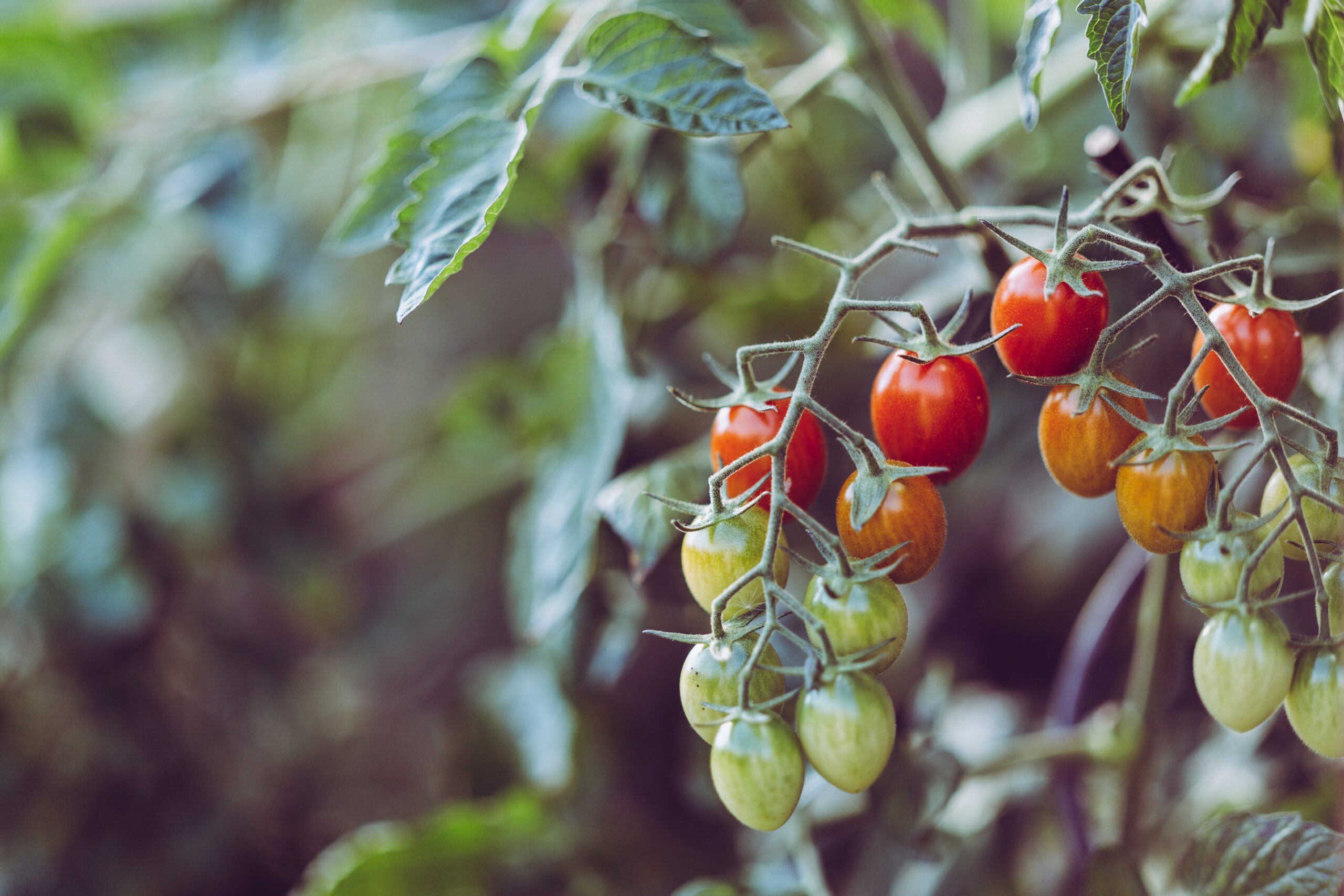Growing tomatoes in the desert can be challenging due to the extreme heat and arid conditions. However, with the right techniques and adjustments, it is possible to cultivate tomatoes successfully. Here are some tips to help you grow tomatoes in a desert environment:
Select the right tomato varieties:
Choose tomato varieties that are well-suited for hot climates and have a short growing season. Look for varieties labeled as heat-tolerant or desert-adapted. Some recommended varieties include Heatmaster, Sunmaster, and Solar Fire.
Timing:
Plant your tomatoes during the cooler months when temperatures are more favorable. In desert regions, this is usually during the late fall or early spring. This helps to avoid the extreme heat of the summer months.
Soil preparation:
Improve the soil quality by adding organic matter such as compost or well-rotted manure. This enhances water retention and nutrient availability in sandy desert soils. Consider raised beds or containers to have more control over the soil conditions.
Irrigation:
Provide regular and deep watering to ensure the soil stays consistently moist. Drip irrigation is the most efficient method as it minimizes water loss through evaporation. Mulching around the plants with organic materials like straw or wood chips helps to retain moisture and regulate soil temperature.
Shade and wind protection:
Construct shade structures or use shade cloth to protect the tomato plants from intense sunlight during the hottest parts of the day. This helps to prevent sunburn and excessive heat stress. Additionally, wind can cause water loss and damage delicate tomato plants, so providing windbreaks can be beneficial.
Use of mulch:
Mulching not only helps with water retention but also acts as a protective barrier against high temperatures. Apply a layer of organic mulch around the base of the plants to reduce soil temperature and minimize evaporation.
Fertilization:
Apply a balanced fertilizer specifically formulated for tomatoes. Follow the instructions on the package for the recommended dosage and frequency of application. A slow-release fertilizer can be particularly useful in desert conditions.
Pest and disease control:
Keep an eye out for common tomato pests and diseases and take appropriate measures to control them. Regularly inspect the plants for signs of pests like aphids, whiteflies, or hornworms, and use organic pest control methods or insecticidal soaps if necessary. Provide adequate spacing between plants to improve air circulation and reduce the risk of disease.
Pruning and staking:
Properly support your tomato plants by staking or trellising them. This promotes airflow and prevents the fruit from sitting on the ground, reducing the risk of rot and disease. Prune the plants by removing suckers (side shoots) to encourage healthier growth and better fruit production.
Harvesting:
Monitor the ripening process closely and harvest tomatoes when they reach their desired stage of maturity. Regularly picking ripe tomatoes also encourages the plant to produce more fruit.
Remember that growing tomatoes in the desert requires careful attention to watering, protection from extreme temperatures, and soil management. Adjustments may be necessary based on your specific desert environment. Good luck with your tomato cultivation!
FOR ALL YOUR LANDSCAPING NEEDS

